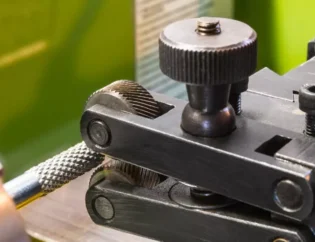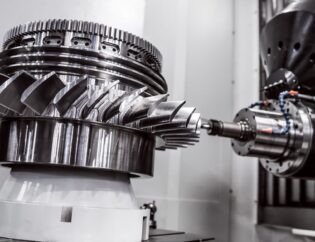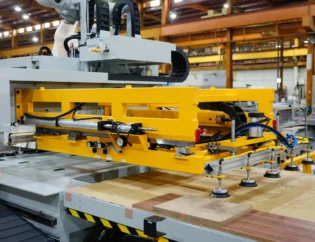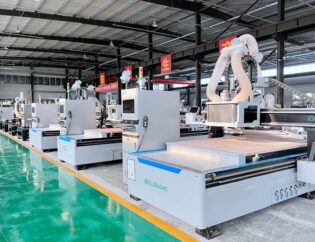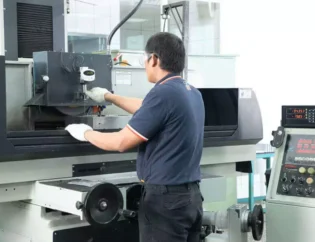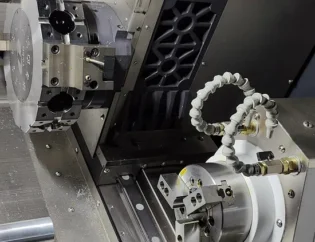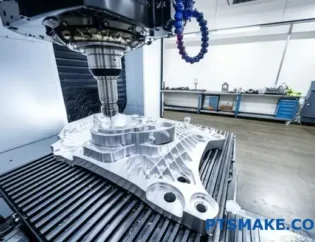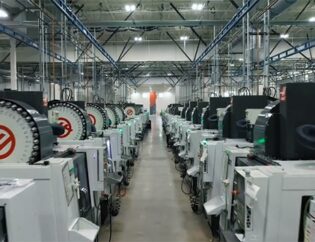Acrylic CNC cutting has revolutionized the way designers and manufacturers approach projects, offering precision and versatility. This guide delves into the intricacies of working with acrylic materials, showcasing the benefits of CNC technology. Readers will discover how to achieve flawless cuts, enhance their design capabilities, and optimize production processes.
Throughout this guide, we will explore essential techniques, tools, and best practices for acrylic CNC cutting. From selecting the right acrylic sheets to understanding machine settings, each section is designed to equip readers with the knowledge needed to excel in their projects. Whether you are a hobbyist or a professional, this comprehensive resource will elevate your skills and inspire creativity.
How to Cut Acrylic on a CNC Router: Tips & Techniques
Cutting acrylic sheets requires experience, professionalism, and focus while operating a CNC machine or other cutting devices. This guide discusses additional aspects, tools, processes, and set points that should improve performance during the cutting process. Whether you’re an experienced CNC operator or a novice in acrylic materials, the thermoplastic nature of this material and the correct usage of specialized tools can elevate the cutting results significantly.
Understanding Acrylic and Its Suitability for CNC Routing
Acrylic, also known as polymethyl methacrylate (PMMA), is a versatile thermoplastic widely used in various applications due to its unique properties. Its clarity, strength, and thermal stability make it an ideal choice for CNC routing.
Technical Features of CNC Routers for Acrylic Cutting
| Feature | Description |
|---|---|
| Precision | CNC routers provide high levels of accuracy, ensuring clean cuts. |
| Versatility | Capable of handling various thicknesses and types of acrylic. |
| Cost-Effectiveness | More economical for larger projects compared to laser cutting. |
| Automated Efficiency | Operate autonomously once programmed, ensuring consistent quality. |
| Complex Designs | Allows for intricate designs that would be challenging with manual tools. |
Types of Acrylic
Choosing the right type of acrylic is essential for successful CNC routing. The two main types are:
| Type | Description |
|---|---|
| Cast Acrylic | Made by pouring liquid acrylic into molds; offers superior surface finish and is easier to machine. |
| Extruded Acrylic | Created by pushing acrylic through rollers; generally cheaper but more prone to melting and chipping. |
Choosing the Right Bit for Acrylic Cutting
Selecting the appropriate router bit is crucial for achieving clean cuts. A solid carbide O-flute bit is recommended for cutting acrylic due to its efficient chip removal and reduced heat generation. For engraving, a 60° engraving bit is ideal for detailed work.
Setting Up Your CNC Router for Acrylic Cutting
Feed Rate and RPM
The feed rate for cutting acrylic typically ranges from 75 to 300 inches per minute (IPM), depending on the bit size. A spindle speed of 18,000 to 24,000 RPM is recommended to prevent melting. Adjust these settings based on the specific type and thickness of acrylic being used.
Cutting Depth
The cutting depth should generally be set to half the diameter of the bit. For example, if using a 1/4-inch bit, aim for a cutting depth of 1/8 inch. This approach helps prevent excessive pressure on the tool and reduces the risk of chipping.
Ramping Techniques
Implementing ramping techniques during initial penetration can prevent material distortion. This method allows for a smoother entry into the acrylic, reducing stress on the bit.
Why Use a CNC Router for Acrylic Cutting?
CNC routers offer several advantages over other cutting methods, such as laser cutting. They can cut through painted materials, provide more versatility, and are generally faster. For instance, the Swift MT CNC router from Laguna Tools is well-suited for cutting acrylic, featuring a robust design and high precision.
Best Practices for Cutting Acrylic
- Secure the Material: Ensure the acrylic sheet is firmly secured on the machine bed using clamps or a vacuum table.
- Use Sharp Bits: Dull bits can lead to poor cuts and increased heat generation.
- Conduct Test Cuts: Always perform test cuts on scrap material to fine-tune your settings before starting the actual project.
Common Issues and Solutions
Chipping and Cracking
To minimize chipping, use a sharp O-flute bit and maintain a lower feed rate initially. Properly securing the acrylic sheet can also help reduce movement during cutting.
Heat Buildup
Managing heat is crucial when cutting acrylic. Implement cooling systems, such as air or mist, to dissipate heat and prevent melting. Regular maintenance of cutting tools ensures they remain sharp and effective.
Conclusion
Cutting acrylic with a CNC router opens up a world of possibilities for both professionals and hobbyists. By understanding the material properties, selecting the right tools, and optimizing machine settings, you can achieve precise and clean cuts. Whether you’re creating signage, decorative pieces, or intricate designs, mastering the art of acrylic cutting will enhance your projects significantly.
FAQs
Related Video
What type of bit is best for cutting acrylic?
A solid carbide O-flute bit is recommended for cutting acrylic due to its efficient chip removal and reduced heat generation.
What is the ideal feed rate for cutting acrylic?
The ideal feed rate typically ranges from 75 to 300 IPM, depending on the size of the bit used.
How can I prevent chipping when cutting acrylic?
Using a sharp bit, securing the material properly, and starting with a lower feed rate can help minimize chipping.
What is the recommended spindle speed for cutting acrylic?
A spindle speed of 18,000 to 24,000 RPM is recommended to prevent melting during the cutting process.
Why choose a CNC router over a laser for cutting acrylic?
CNC routers offer more versatility, can handle thicker materials, and are generally faster for larger projects compared to laser cutting.

